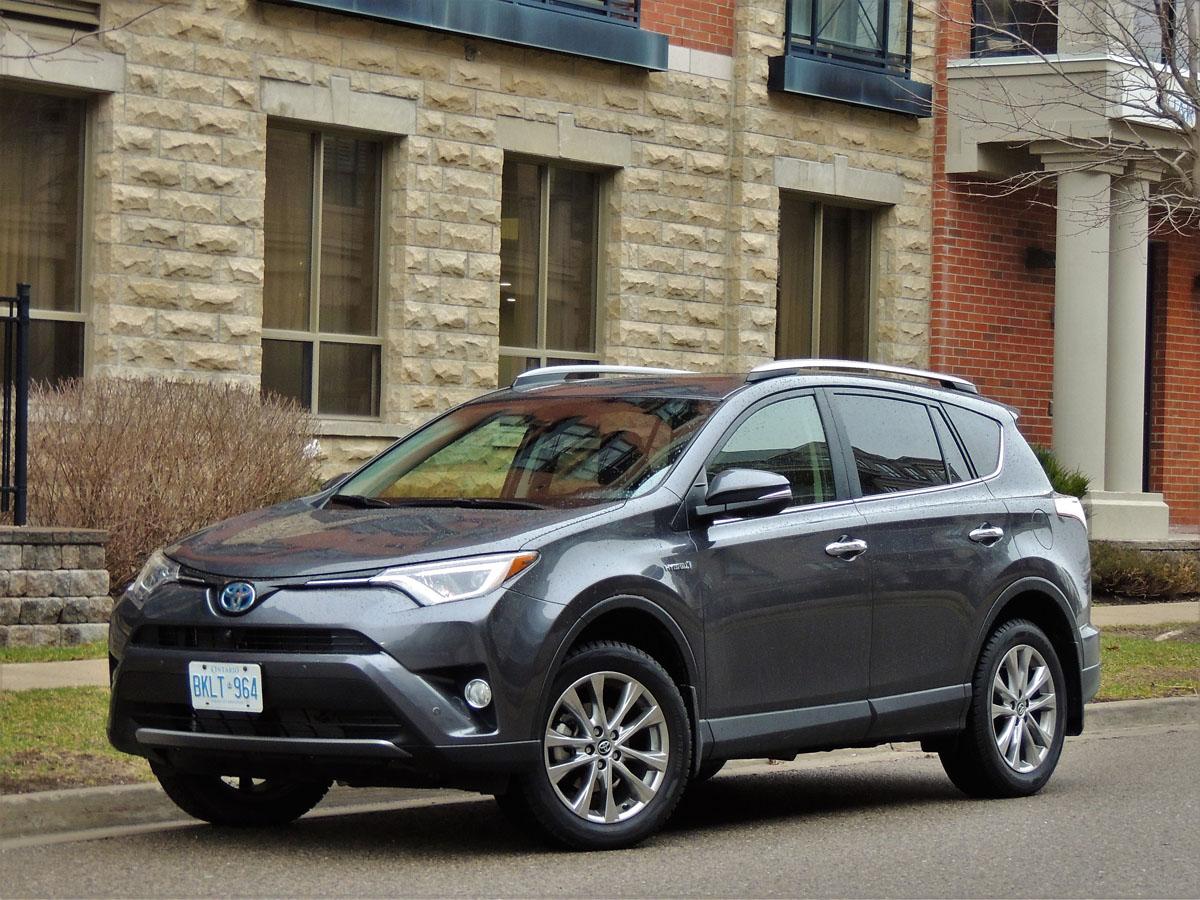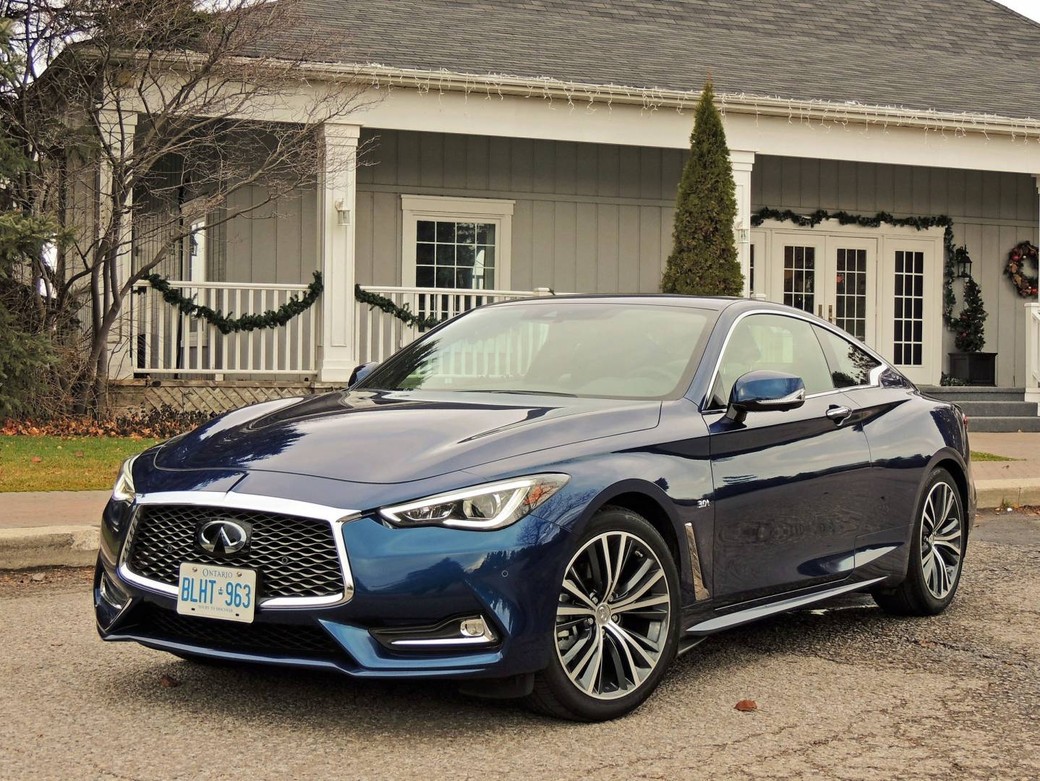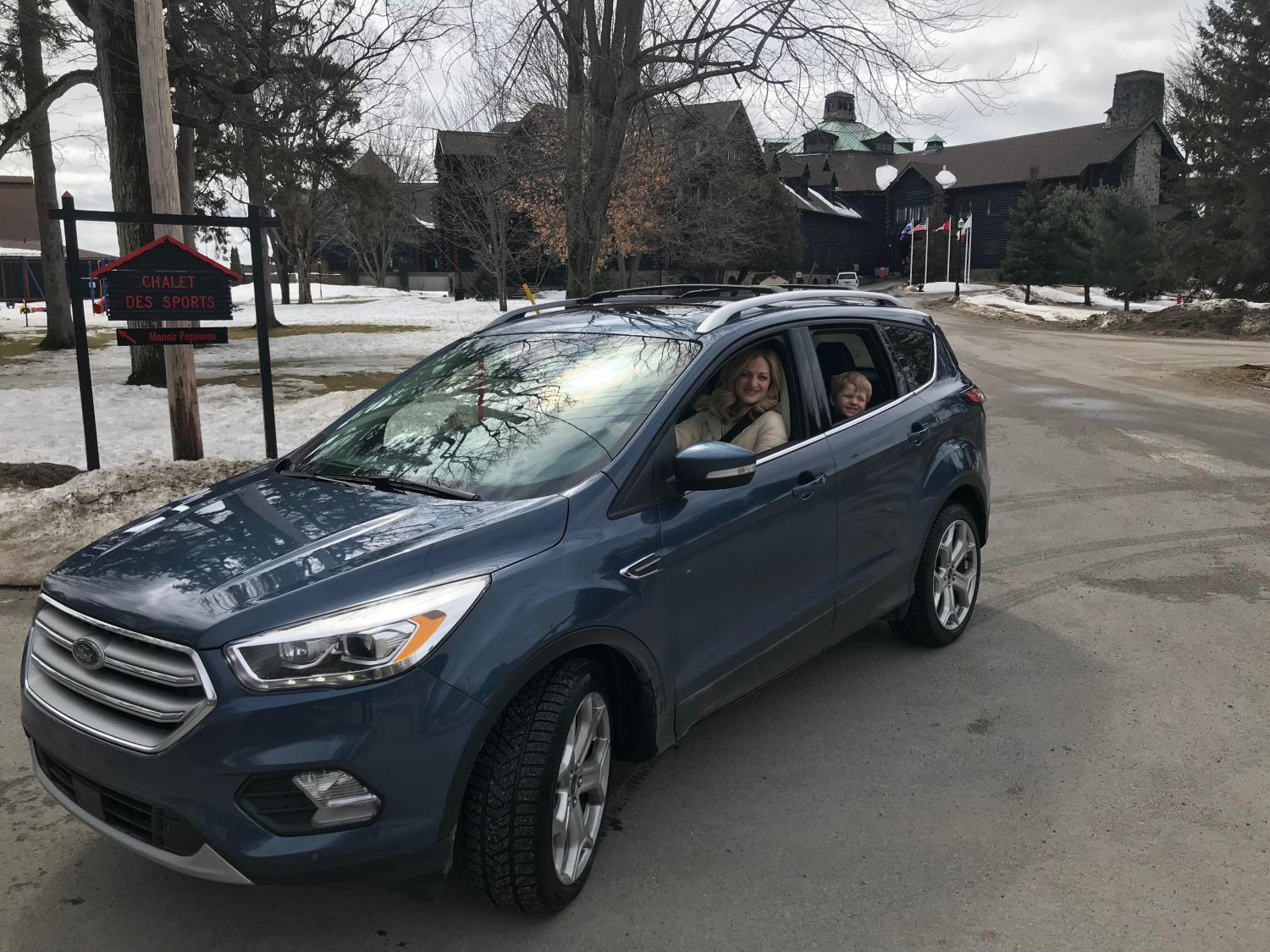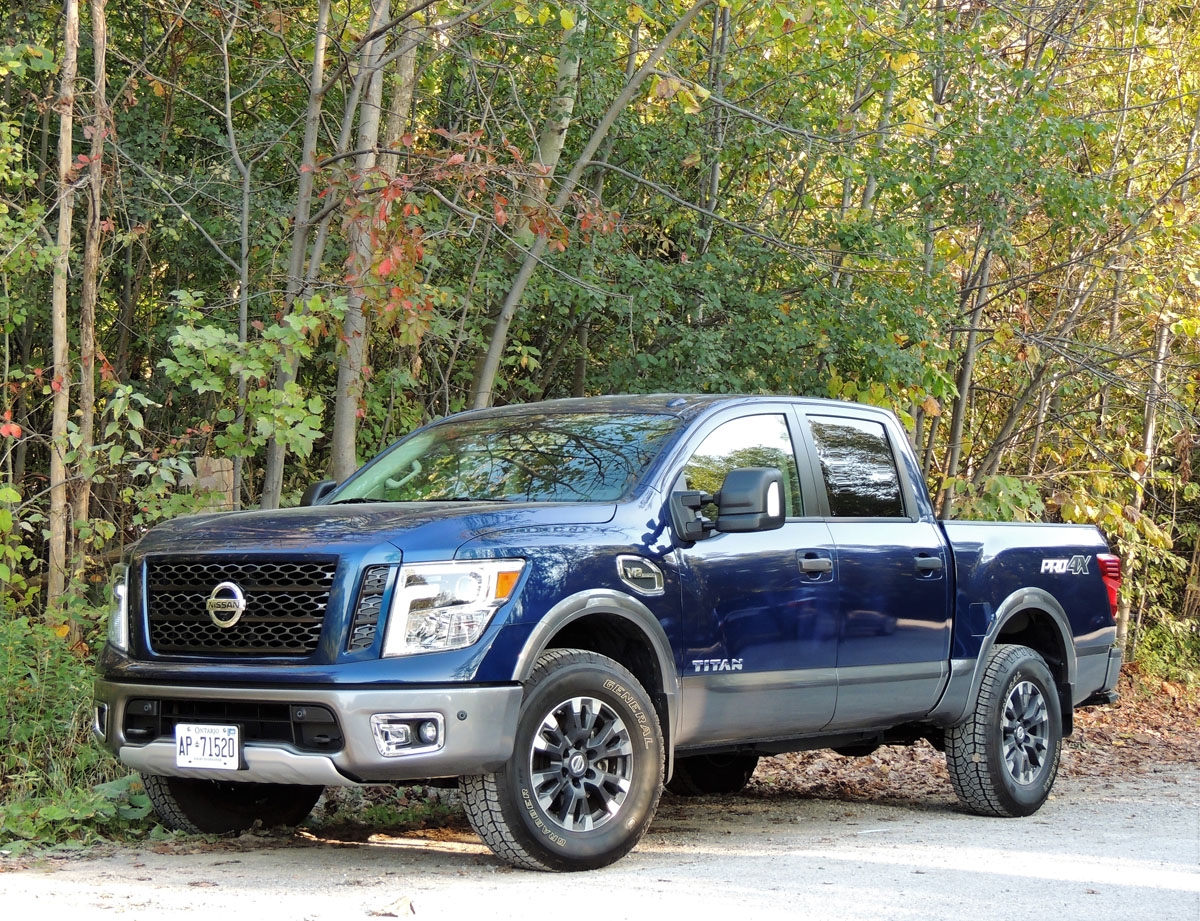
How are windshields made?
Do you ever wonder how windshields are made? They protect us from the elements as we drive. They help us to get from point A to point B without say, getting insects or debris all over us. But the actual process of how they are made is fascinating and has evolved almost as much as the cars in which they are installed! Funny but true, back when automobiles first came out, they didn’t even have windshields and we would need to wear goggles on the road to protect ourselves. About 15 years later, the first windshields were produced, but the first generation that was manufactured were made of solid glass and would often cause more injury than prevented, as they shattered onto their passengers in large chunks of broken glass.
Since the “golden days” of the automobile, though, windshields have come a long way and taken on a much bigger role when it comes to the safety of you and your passengers. The majority of windshields these days are required by law to be made from laminated glass. In fact, if you have an accident nowadays, your windshield accounts for a large percentage of the structural integrity of the vehicle. So, not only is it protecting you from the front, but it’s also helping to support the roof in the event of a rollover or collision. Because they are so important when it comes to road safety, it’s important to handle windshield issues that arise quickly! For any questions about your windshield, or to make an auto glass appointment call UniglassPlus/Ziebart today.
What are windshields made of?
Like most glass products out there, the main ingredient is sand. Along with some other ingredients, like soda ash, limestone and water (to name just a few) this mixture is heated at extremely high temperatures until it fuses. The result is liquid glass, the raw material for all windshields.
What Happens Next
This liquid glass is then flowed into a chamber where it is annealed, or gradually cooled, in a thin sheet that will eventually be used to form the windshield. This procedure is incredible to watch as the glass literally floats on a thin bed of molten tin to insure its uniformly thin shape.
The next step requires cutting the glass to the required dimensions. Using a scribe, a diamond cutting tool, the glass can be cut with precision. After the glass has been cut, it needs to be moulded into the desired shape. For this step, the thin glass sheet is placed on or inside a mould that mirrors the curvature of the windshield. The glass is then heated again to soften it. Once the sheet in malleable, it fits right into the mould and takes the necessary shape. Once it’s in the desired form, the glass is then quickly cooled using cold air jets, both strengthening and hardening the glass in one step. This cooling step is essential to the tempering of the glass and makes it much stronger than untempered regular glass.
So, what makes laminated glass laminated? Contrary to most laminated things, instead of plastic on the surface, windshields are formed by making a sandwich of two tempered pieces of glass on either side of a very thin layer of Poly-Vinyl Butyral (PVB). This sandwich is then heated and pressed between a series of rollers. This step is very important as it adds several safety features to the windshield and reinforces it in one fell swoop. Because the (PVB) is fused to the two sides of the windshield, it prevents the windshield from shattering and at the same time prevents glass shards from breaking free of the windshield.
Once the PVB sandwich is made, the last step is to fit and bond the windshield to the frame of the vehicle. This is done using special primers, adhesives and sealants that have a polyurethane base.
Interesting Windshield Facts
Resource:
- Airbags depend on your windshield to function properly. Windshields are an integral part of the structure of your car. They are so strong in fact that your passenger side airbag, when deployed, is directed at the windshield first.
- Damaged windshields can be illegal. Check with your local authorities to find out if that crack in your windshield is large enough for you to receive a ticket.
- Large fluctuations in temperature are bad for your windshield. As a general rule, you want to avoid to doing anything that will change the temperature of your windshield too quickly. Just like a frozen glass will crack if hot liquid is poured into it, your icy windshield could easily crack if, say, it was defrosted with a bucket of hot water. So use the scraper for your iced-over windshields and let your defroster do the rest slowly.
The evolution of modern day windshields
- ~1890 – 1905~ – Although cars were on the market at this time, the windshield had not yet been invented. (People used goggles to protect their eyes while on the road.)
- ~1906 – 1919~ – Regular Glass Panes (Due to injury these panes were eventually replaced with laminated glass, a revolutionary discovery by French scientist Edouard Benedictus.)
- 1919 – 1960 – Laminated Glass (This was a huge step from glass panes, but would eventually be replaced with the modern day windshield that we know today.)
- 1960 – Today – Laminated Glass sandwiches around a layer of PVB.












